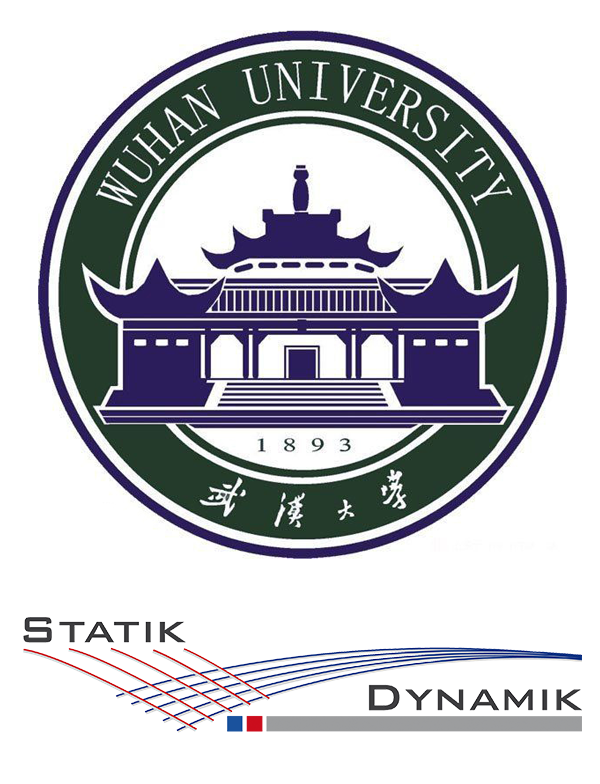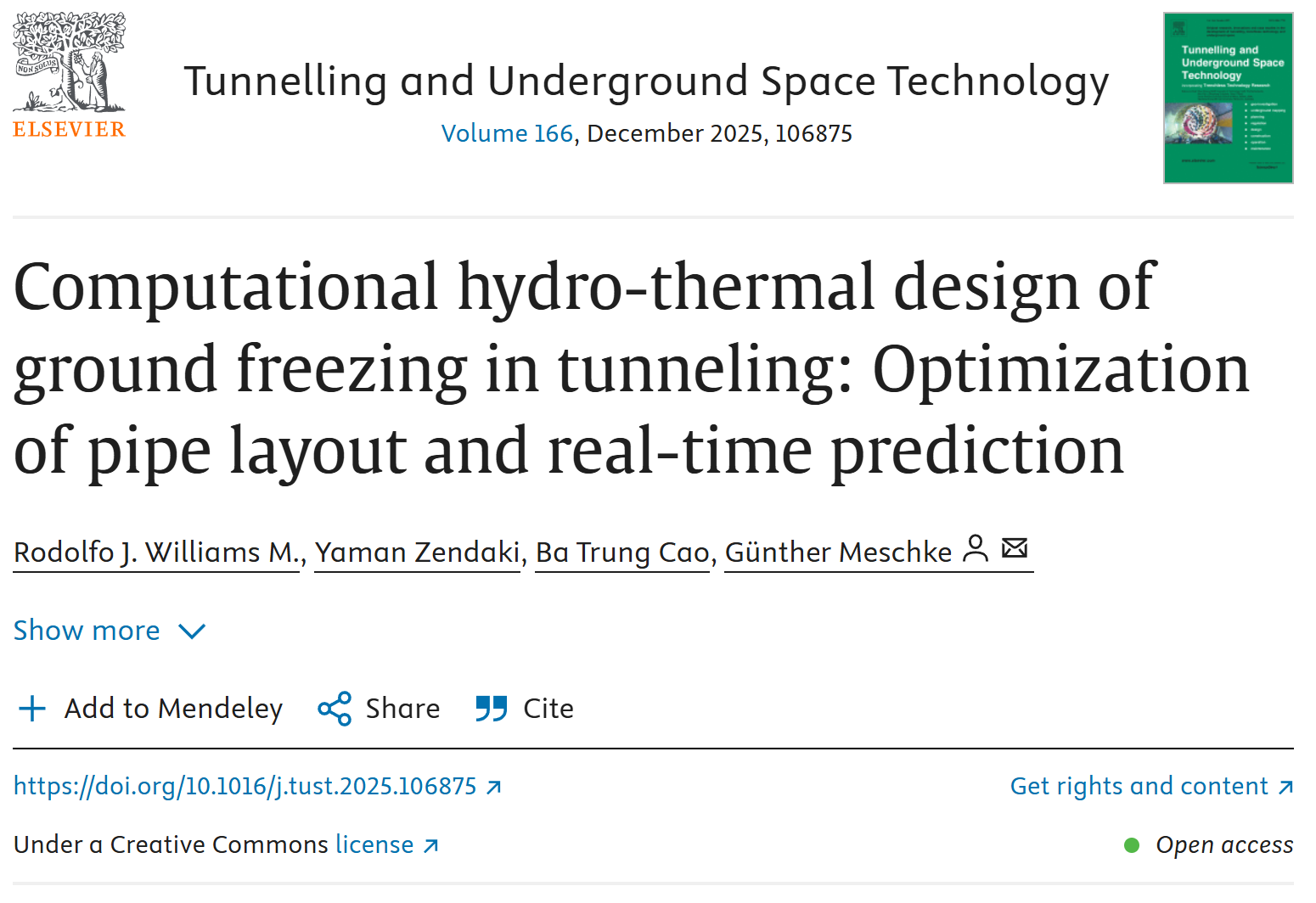
The latest article titled “Concretes containing blended-cements with reduced carbon-dioxide emissions: A chemo-thermo-hygro-mechanical model for elevated temperatures” by Simon Peters, Tim Pittrich, Ludwig Stelzner, Frank Weise, and Günther Meschke has been published in the volume 163 of Cement and Concrete Composites by Elsevier.
Abstract:
A comprehensive analysis aimed at understanding and assessing the high-temperature behavior of concretes containing blended cements (CEM III/A, CEM II/B-Q, and CEM IV), characterized by low carbon-dioxide emissions (during clinker’s production) is necessary to reliably model the damage in the concrete, thermal spalling included. To this purpose, a numerical chemo-thermo-hygro-mechanical model is formulated, to investigate – among other phenomena – heat transmission and pore pressure for different aggregate types.
Based on an available hydration model, a dehydration model is established to numerically investigate the evolution of dehydration and porosity at elevated temperatures. Based on the properties of concrete and cement constituents on multiple scales, an analytical homogenization process is proposed to predict the thermal conductivity of the concrete. This process is later validated and implemented into a macroscopic modeling framework.
Chemo-thermo-hygro-mechanical analyses show that the dehydration characteristics of blended low carbon-dioxide release cements may increase pore pressure in the concrete by up to 13% compared to the concrete containing ordinary Portland cement. In addition, aggregates exhibiting high thermal conductivity may contribute to a further increase (even more than 35%) in pore pressure compared to aggregates with low thermal conductivity.
Last but not least, the proposed model provides the basis for the reduction of the number of the parameters commonly required in the chemo-thermo-hygro-mechanical modeling of cementitious materials.
You can read the open access article here:
https://doi.org/10.1016/j.cemconcomp.2025.106163

On Monday, 11th August 2025, a research group from Wuhan University, China visited us - the Institut
more...
The open access paper titled "Computational hydro-thermal design of ground freezing in tunneling: Op
more...